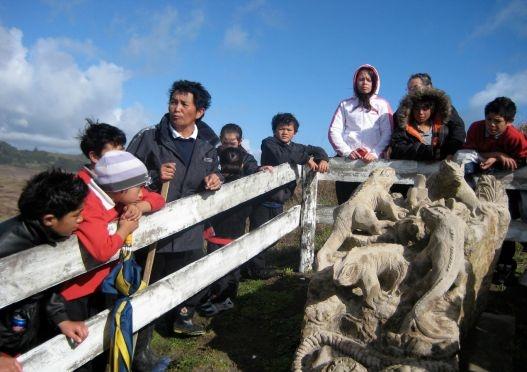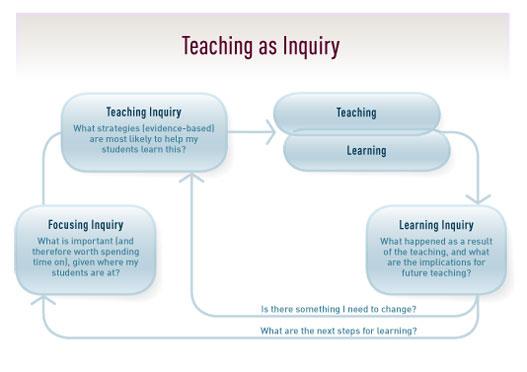Making EOTC happen
Te toia, te Haumataia
Launching a canoe - Anticipation and excitement are part of the launching, but nothing can be achieved without a plan, a work force and a way of doing things.

“The kids are more receptive...outside the classroom...it’s more fun for them and they are eager to learn. Their learning is strengthened, and we’re seeing a difference in their assessments.” Kura Principal
Teachers need to plan how they will incorporate EOTC experiences into effective learning programmes.

The teaching as inquiry process focuses teachers’ thinking as they consider what is most important for students to learn given:
- their students’ learning needs and aspirations (focusing inquiry)
- the teaching approaches they intend to use (teaching inquiry)
- the impact previous teaching has had on their students’ learning (learning inquiry).
You can use the teaching as inquiry process by asking questions as you plan, complete and reflect on a learning experience or a sequence of learning experiences that make a learning programme or a unit of study.
Focusing inquiry
What matters most?
- What are our students’ learning needs?
- What do they need to learn and do?
- What kinds of learning experiences will help them to learn?
- How can learning outside the classroom assist their learning?
- What previous EOTC experiences have our students had?
- How can we build on what they already know and can do?
- What is most important to enrich our students’ learning inside and outside the classroom?
Teaching inquiry
What is the best way to teach and learn?
- What are the most appropriate learning environments for our students’ learning needs?
- What activities, including EOTC experiences, are appropriate for the developmental needs of my students?
- What approaches have others (both teachers and researchers) found to be effective?
- How are we sequencing learning within an experience and across programmes? (See paragraphs 18 –26 pages 11–12 EOTC Guidelines, Bringing the Curriculum Alive)
Learning inquiry
What learning happened for the students?
How do we know what learning happened for the students?
- What impact did the teaching and learning experiences have?
- How successful were the students in achieving established outcomes while learning outside and inside the classroom?
- What do we know now about changes to the students’ capabilities?
- Which teaching approaches were most evident in the teaching and learning, and how did that impact on the outcomes for the students?
- On reflection, how could the teaching approaches be changed or improved?
- Are there other EOTC experiences that could have been included in the learning?
- Are there other ways of connecting the EOTC experiences with learning in the classroom?
- Given the students’ achievement, what are the next steps for teaching and learning?
Teachers from primary and secondary have presented examples of how they use EOTC experiences in their learning programmes or units of work; view these in EOTC in Action.

